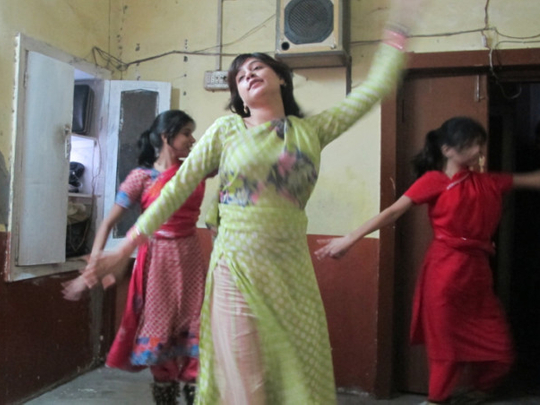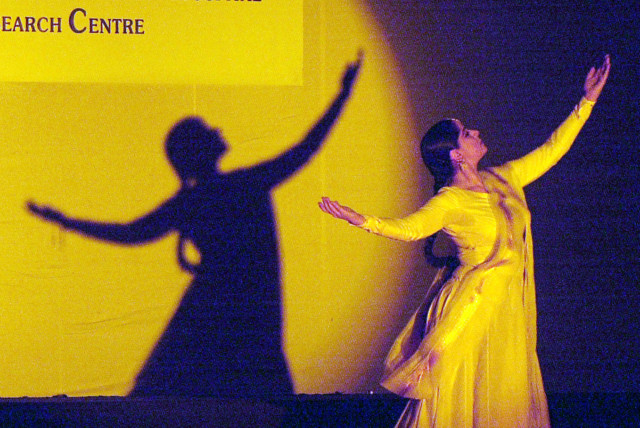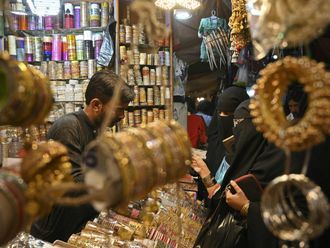
Lahore: In small groups, the girls begin streaming into the tiny concrete-walled room that serves as a dance studio.
A dozen gangly youngsters plop down on the bare cement floor, chattering incessantly, pulling their hair back into elastic bands, fastening their payal, the cluster of bells braceleting the dancers’ ankles.
The chatter hushes briefly as the call to prayer rings out from a nearby mosque and the students scramble to cover their heads with their shawls in silent deference.
Off in one corner, across from musicians readying their instruments sits a woman named Zeenat Begum, whose daughters age 12, 13 and 14 are preparing to perform.
Many Pakistanis put a premium on sons who are groomed to earn a living and support their families, but Begum has set her daughters on a career path that can lead either to international acclaim or less-than-honourable reputations in their homeland.
Herself a retired dancer, Begum enrolled them in the back-street Classical Dance Academy in Lahore, flouting religious conservatives who raise insinuations about female performers.
Begum shies away from questions, but studio owner and instructor Zafar Dilawar, an unimposing middle-aged man, is happy to talk. He has spent his life teaching dance at the studio near the old red light district where his father was also a teacher from 1957.
In the quiet before class starts, the instructor sips tea and explains that over the years the enrollment has decreased because many of the dancers have gone abroad in pursuit of money and acclaim.
Training
Most of the dancers at the school train with Dilawar, who proudly claims some of the best actresses in Pakistan among his former students.
“Those who know art appreciate it and those who don’t, don’t appreciate it,” Dilawar says. “Religion is a bane on Pakistan. In India [dancing] is a part of their religion. In Pakistan, the mullahs are not prepared to listen. I am among a very few keeping alive the art.”
Her daughters can practice up to six hours a day, says Begum as she taps the ash from the end of a cigarette with a sky-blue varnished fingernail.
Reward
She hopes one day they will be rewarded for their diligence. The ideal age for beginning dance training is around 10-12 and it requires at least two years to become a good dancer. And it is an ongoing process.
“She is still learning,” Dilawar said of the famously graceful woman who began training in her teens. “You learn throughout your life.”
The three sisters’ faces are set with concentration as they go through their routine. They dance with their eyes and with their hands; their feet now tapping, now stamping, punctuate the rhythmic music and movements. When the music ends the girls plop back down onto the floor a bell has come loose during the complicated footwork and must be found and retied; a once-neat ponytail has come undone and must be rebraided.
No one applauds or even says “nice job” but the instructor, without a flicker of change to his stoic expression, gives them a single nod before he turns his attention to the rest of the class.
— Washington Post













